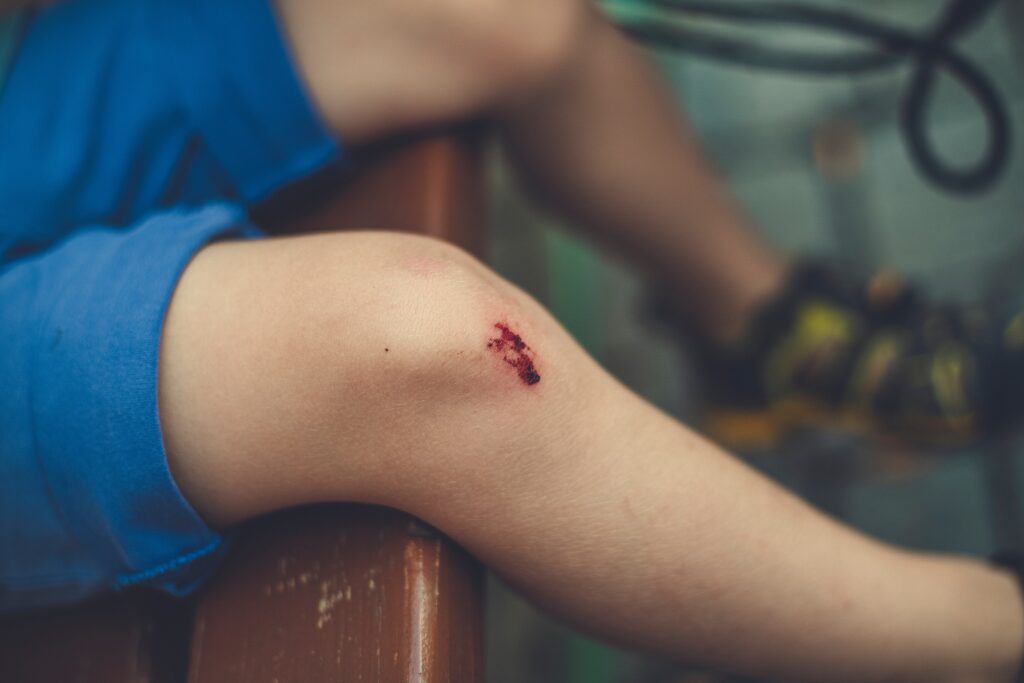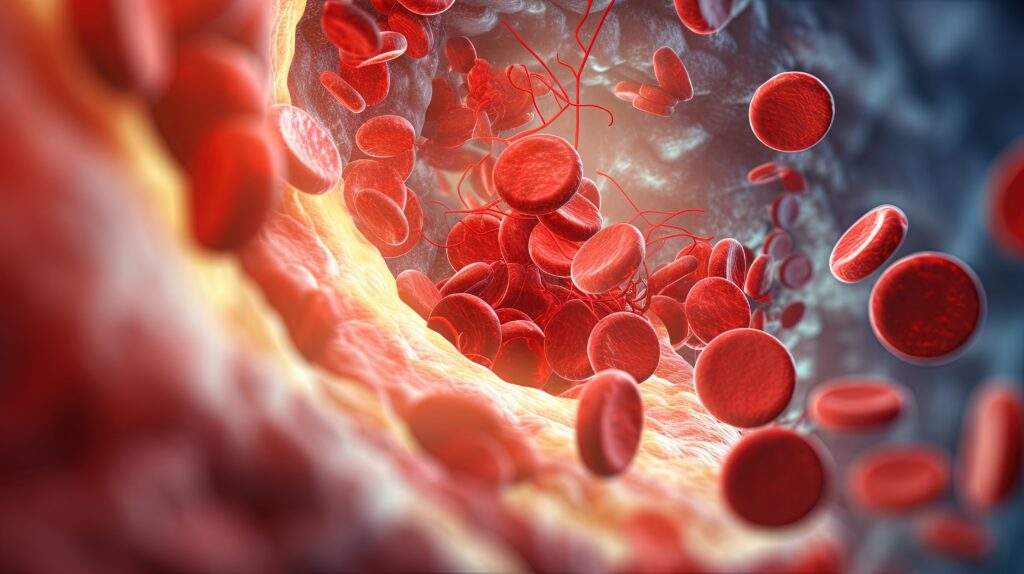M25.562 is a medical classification assigned by the World Health Organization (WHO) for left knee pain ICD 10 , falling within the category of Arthropathies. This code specifically pertains to the classification of knee pain in left knee.
Table of Contents
Left knee pain ICD 10 codes
- M25.562: Unspecified, Pain in the left knee
- M25.561: Unspecified, Pain in the right knee
- M25.562: Pain in unspecified knee
Causes of left knee pain
Knee pain can arise from various sources, including injuries, mechanical issues, and different forms of arthritis. Injuries may impact ligaments, tendons, or fluid-filled sacs surrounding the knee joint, as well as the bones, cartilage, and ligaments forming the joint itself. Common knee injuries encompass ACL injury, fractures, torn meniscus, and knee bursitis. Mechanical problems like loose body, iliotibial band syndrome, dislocated kneecap, and foot pain can also contribute to knee pain. Arthritis, with over 100 types, including osteoarthritis, rheumatoid arthritis, gout, pseudogout, and septic arthritis, is another potential cause of knee discomfort.
How does doctor diagnose knee pain cause
To identify the source of your knee pain, a physician will employ the following diagnostic tests:
- Physical examination: This enables the doctor to assess joint swelling, instability, and indications of inflammation.
- Blood tests: These allow the doctor to investigate signs of systemic inflammatory disorders like rheumatoid arthritis (RA) or infection.
- Imaging tests: Such as X-rays or MRI scans, are utilized to examine the bones and tissues in your knee, providing detailed insights into the underlying issues.
Other clinical symptoms
Indicators and manifestations occasionally associated with knee discomfort comprise:
1. Weakness or instability: A sense of weakness or instability in the knee may be experienced when bending or flexing.
2. Inability to fully straighten the knee: Difficulty in achieving full extension of the knee may be observed.
3. Swelling and stiffness: The knee may appear swollen, accompanied by a sensation of stiffness.
4. Redness and warmth to the touch: The affected area might exhibit redness and feel warm when touched.
5. Popping or crunching noises: Audible sounds like popping or crunching may accompany certain movements of the knee.
Home remedies
If you’re experiencing mild knee pain, there are home remedies that may bring relief. Consider the following:
Over-the-counter medication
Consider nonsteroidal anti-inflammatory drugs (NSAIDs), such as ibuprofen (Advil) or naproxen (Aleve), available without a prescription, to reduce pain and swelling. Always follow recommended dosage instructions unless directed otherwise by a doctor
Modify your activity
Be mindful of how different activities affect your knees. If a particular movement causes discomfort, avoid it until your knees feel better. Opt for low-impact activities that put less strain on your joints, such as biking, swimming, water aerobics, or walking.
Heat
If you have arthritis or stiffness, applying heat can offer relief by increasing circulation.
Massage
Massage therapy can help manage knee pain by applying pressure to muscles, tendons, and ligaments. Sports massage, in particular, is beneficial for sports-related or overuse injuries. Other types include Swedish, trigger point, and deep tissue massage.
Knee exercises
Engage in knee exercises to manage pain. Strengthening exercises target supportive muscles, reducing stress on the knee. Incorporate knee stretches to decrease tension in surrounding muscles and alleviate pressure on the knee joint. Move slowly, and discontinue any exercise causing increased pain.
Here is a short video guide by TONE & TIGHTEN:
Conditions in which one should consult the Doctor
Contact your doctor if you:
1. Observe an obvious deformity in your leg or knee.
2. Experience marked knee swelling, indicating potential issues.
3. Cannot bear weight on your knee or perceive it as unstable.
4. Encounter severe knee pain linked to a specific injury.
5. Have a fever along with redness, pain, and swelling in your knee.
6. Find it impossible to fully extend or flex your knee, limiting its range of motion.
Treatments
The optimal treatment for knee pain during bending varies depending on the underlying cause. A healthcare professional may suggest:
- Physical therapy: A physical therapist can guide you through tailored exercises aimed at enhancing knee strength, mobility, and flexibility.
- Orthotics: Shoe inserts, known as orthotics, can stabilize your foot and ankle, reducing knee pressure and relieving pain. They can be purchased at a drugstore or custom-made as recommended by a doctor.
- Immobilization: For knee pain resulting from an injury, wearing a brace or cast may be advised to immobilize the knee, promoting pain relief and facilitating the healing process.
- Surgery: In cases where nonsurgical approaches are ineffective, surgery might be necessary. Surgical interventions, reserved for severe situations, can include procedures such as anterior cruciate ligament (ACL) reconstruction, meniscectomy or meniscus repair, total knee replacement, and tibial tubercle transfer to enhance knee stability.
How to prevent knee pain
To reduce the risk of knee pain, consider these preventive measures:
- Avoid or restrict activities that trigger knee pain to prevent overuse, minimizing the likelihood of more severe pain or injuries.
- Engage in low-impact activities like biking or swimming, providing an active outlet while reducing stress on your knees.
- If overweight, consider weight loss, as excess weight can strain your knees and heighten the risk of knee pain.
- Prior to exercise, ensure a proper warm-up and cool-down to safeguard your muscles and prevent potential injuries.
- Incorporate weight training into your workout routine, concentrating on strengthening the muscles that support the knee joint.
- Regularly stretch to alleviate muscle tightness and enhance flexibility.
- When working on your knees, use knee pads to shield your kneecaps and alleviate pressure.
Conclusion
If you experience knee pain during leg bending, it’s advisable to take it easy, suggesting your legs may benefit from rest. Home remedies such as stretching or applying ice packs can provide relief.
In cases of severe or persistent pain, consulting a doctor is recommended. A medical professional can identify the underlying cause of your symptoms and assist in finding effective release.
Picture credits; http://multiversenewsfeed.com/wp-content/uploads/2023/12/vecteezy_man-puts-hands-on-knee-in-pain-from-surgery-wound_7426687.jpg




I had a pain near the back of knee which increased over the years. couple of days ago i tried some exercises but it only increased the pain. what should i do??